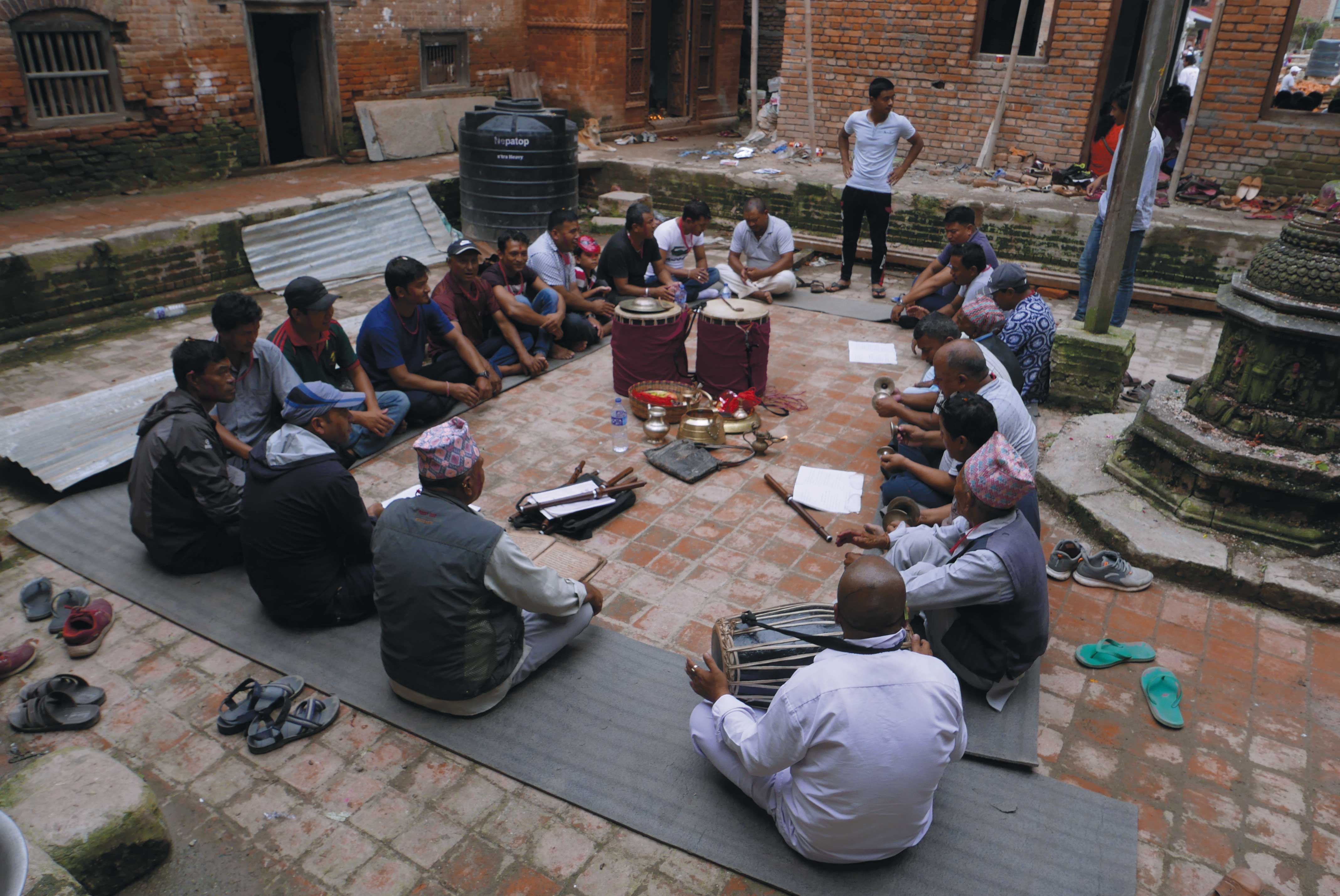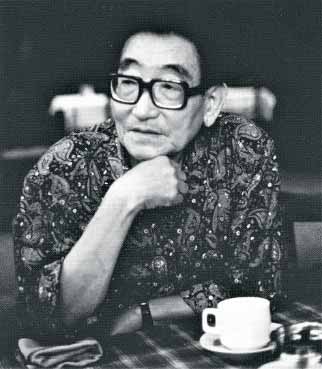Preparing Masala for Bhai Tika can be a wholesome activity that links people with their community.
A packet of masala is a treasured part of the Bhai Tika ritual during the Hindu festival of Tihar. Gifting an assortment of dried fruits to the brother by the sister at the end of the ritual – which celebrates the bond between brothers and sisters - is a popular tradition. Its popularity is not so surprising; besides being delightful in its taste and interestingly varied in texture, the contents of a masala pack have many health benefits.
 There are exact references in Nepal’s cultural history how this tradition came to be but the reasons might be more practical than one would think. One idea takes into account how brothers walk long distances to partake in the Bhai Tika rituals with their married sisters. The traditiona of gifting masala could have started as a caring sister’s healthy, snack pack for her brother as he made way back home. Another idea is that the ritual was borne out of the single reason that masala helps with digestion.
There are exact references in Nepal’s cultural history how this tradition came to be but the reasons might be more practical than one would think. One idea takes into account how brothers walk long distances to partake in the Bhai Tika rituals with their married sisters. The traditiona of gifting masala could have started as a caring sister’s healthy, snack pack for her brother as he made way back home. Another idea is that the ritual was borne out of the single reason that masala helps with digestion.
The tradition however, like many others is changing. In older days, people would take the trouble of shopping for the ingredients themselves. There are entire shops in places like Makhan Tole and Indrachowk dedicated to selling everything that goes into a good packet of masala. Today, for a range of prices corresponding to the extravagance of the assortment and packaging, readymade masala packs are available at modern department stores.
This year, my sister and I accompanied our father to a shop in the same building as the Akash Bhairab temple in Indra Chowk to shop for the good stuff. The owner promptly took out a checklist of ingredients and marked them as my father - who’s consistently prepared great masala over the years - listed out what we needed. A young assistant filled up a polythene bag for us in no time with cashew nuts, raisins, walnuts, dates, coconut, almonds, cardamom, candy sugar (mishri), cinnamon, pistachio, dried apricots and dried figs, tweaking the traditional offering by adding candies, mints and chewing gum. For the other stuff, we shopped in a few more shops in the jam packed Makhan Tole, behind the Basanatapur Durbar Square.
After a hard morning’s work, packaging done and munching on some extra roasted cashews, I looked up the benefits these things had. There’s quite a few: figs, apricots and raisins are rich in calcium and phosphorus, essential for healthy bones and teeth while the folic acid in apricots and raisins contribute, along with Vitamin B12, to the development of red globules in our blood. As a good source of fiber, what was in my masala, would also maintain my digestive system and prevent constipation.
Personally, as someone who looks forward to the packet every year and who was recently initiated into shopping for one, I’m all for the older tradition of preparing malasa at home. For one, the shopping takes you to the busiest, traditional marketplaces in Nepal – places like Makhan Tole, Ason Bazaar and Indra Chowk in the older section of Kathmandu. Bustling with activity - old shops and new, shoppers (also old and new), roadside vendors and maddening traffic, these locations come closest to what shopping in the older days must have looked like. Two, it keeps you connected to a community of small shops, perishing in the wake of mall culture.










